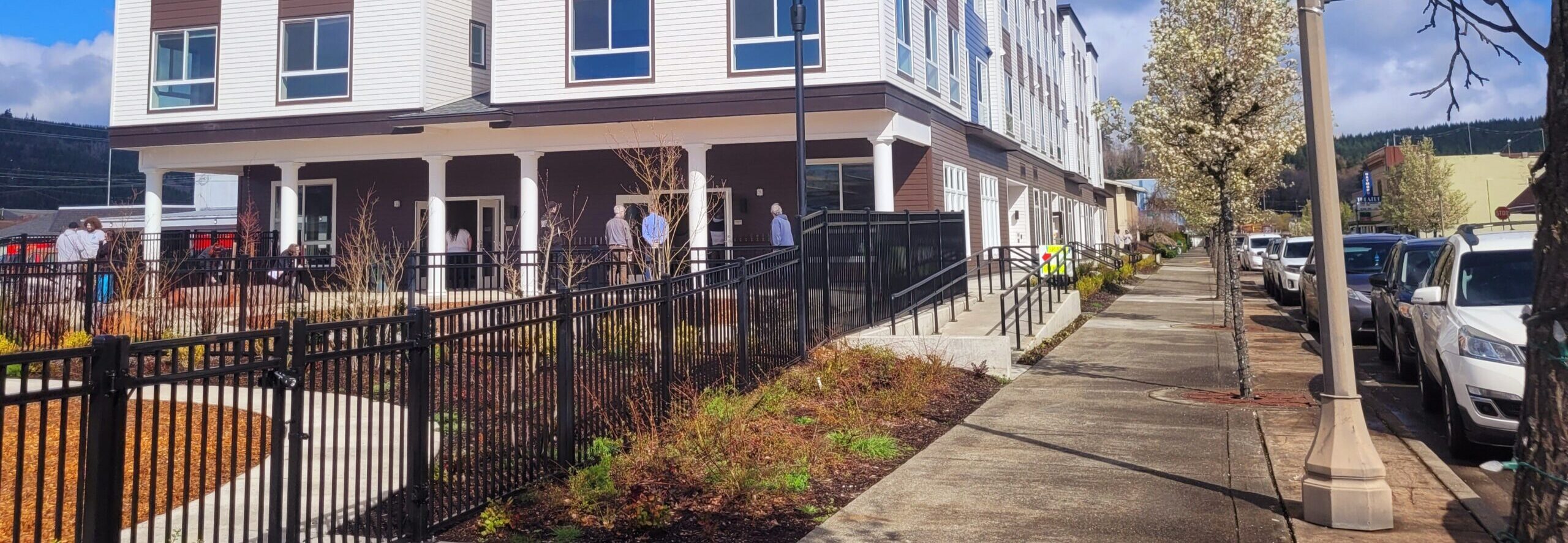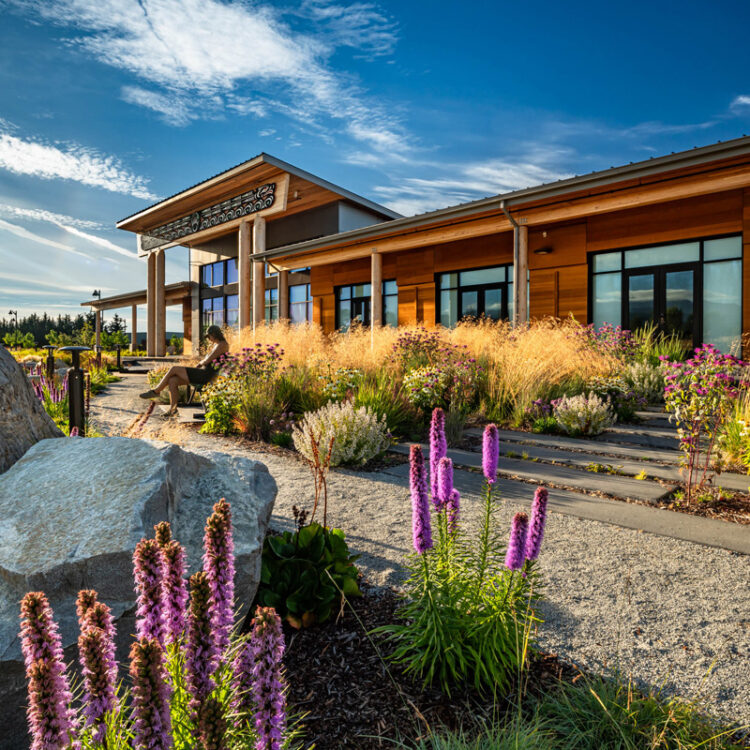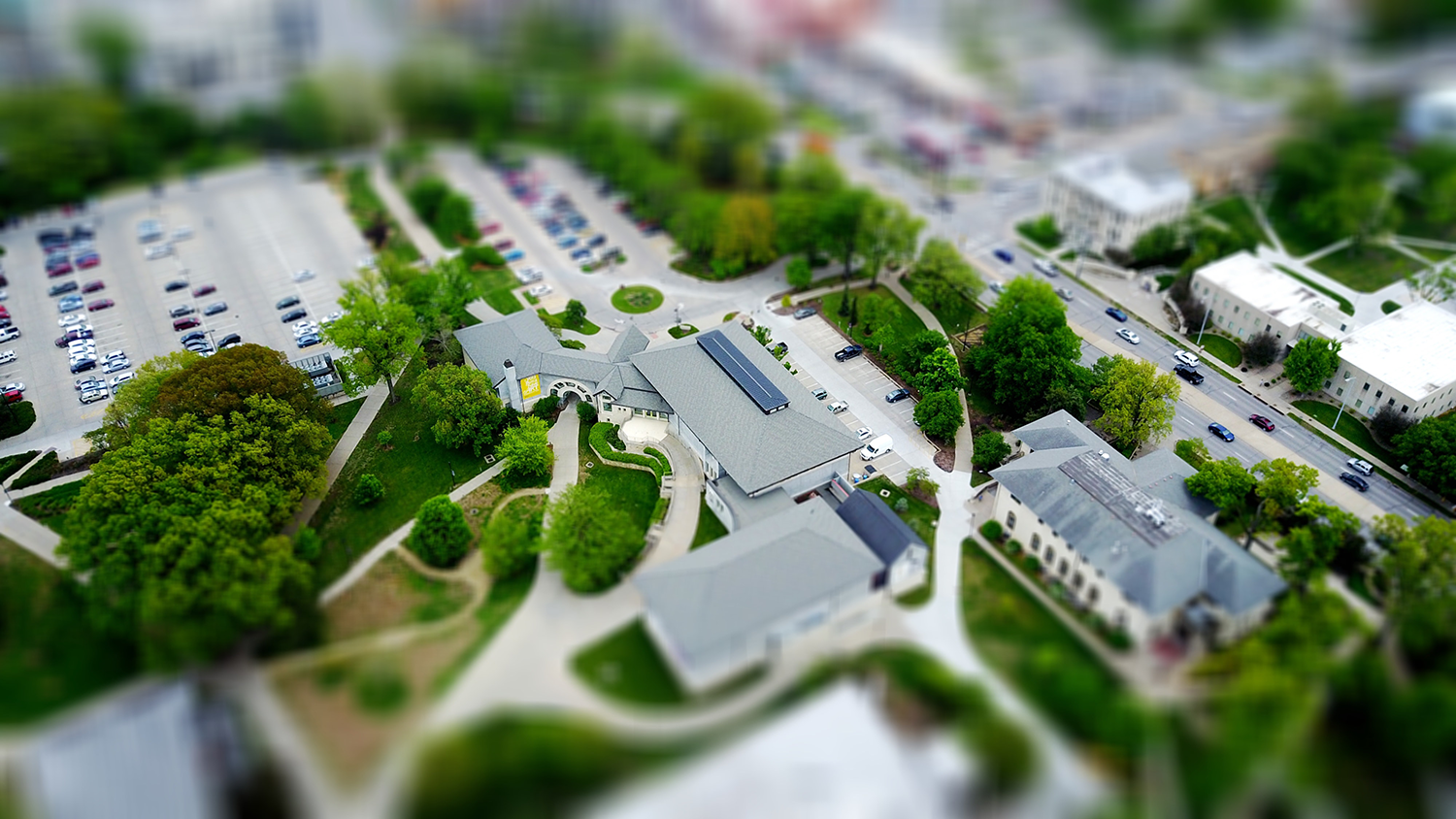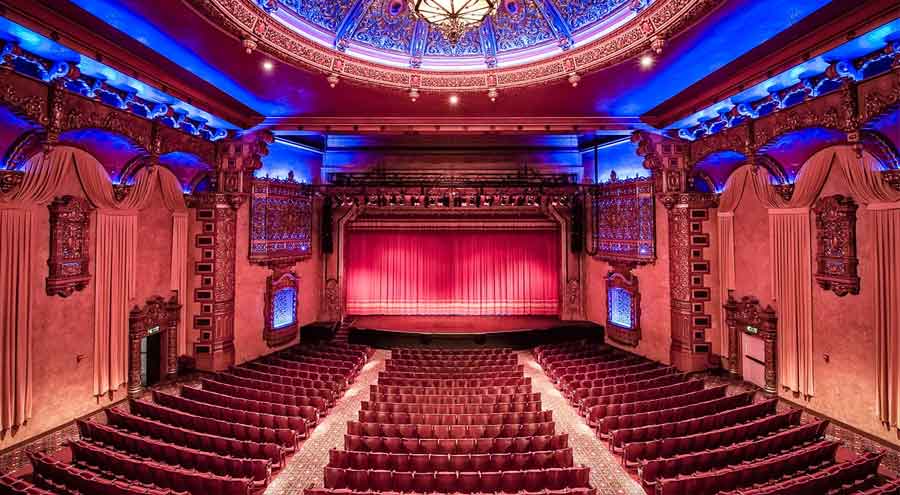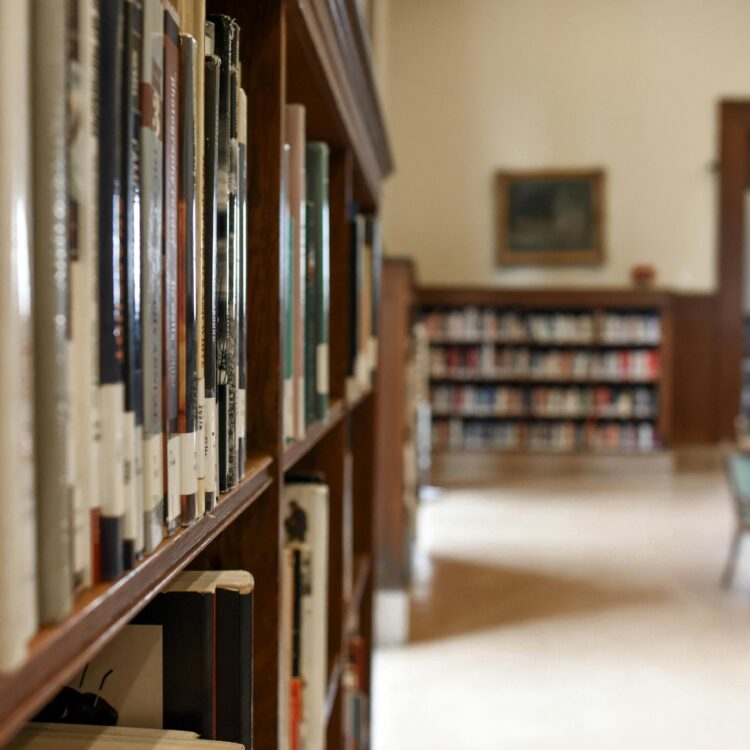You may not think about the Department of Commerce when your school gets a new Heating Ventilation and Air Conditioning (HVAC) system, or when the neighborhood senior center is expanded, or a downtown building is redeveloped to provide affordable housing with a daycare center and job training rooms. But those are all part of the work at Commerce.
Some of our most visible work is the result of reimbursement-style grants we provide to local governments and nonprofit organizations. They in turn help communities build and improve a variety of public facilities. All of these programs are funded by the sale of state bonds. Funding reaches communities through several competitive grant programs or capital projects introduced by the governor or the Legislature.
What is a capital facility project? A capital facility project is the purchase, new construction or significant, long-term improvements to existing facilities that are part of public infrastructure (e.g., schools, health facilities, libraries). A capital project usually has a useful life of at least 13 years and typically requires the involvement of an architect and/or engineer.
Behavioral Health Facilities Program
Behavioral Health Model Ordinance Project
Building Communities Fund Program
Building for the Arts Program
Early Learning Facilities Program
Library Capital Improvement Program
Youth Recreational Facilities Program
Local and Community Projects
Guidelines and FAQs
Workshop recordings
CCF Resource Toolkit
Welcome to the Community Capital Facilities resource section, where you will find a curated list of tools and links that will help you navigate through executing your organization’s contract for grant funds awarded in the state capital budget.
Required Steps
- Site Control (PDF) — Documents required to prove site control & examples.
- Budget (PDF)— Can your organization demonstrate you have all funds available to complete the project scope?
- Insurance (PDF) — Required to protect the investment of taxpayer dollars.
- Insurance FAQ (PDF) — Defines insurance required for capital funding.
- Prevailing Wage (PDF) — All capital projects funded in the state capital budget are required to pay state prevailing wages.
- Leadership in Energy & Environment Design/LEED FAQ (PDF) — Green Building Rating System developed by the US Green Building Council.
- Tribal Consultation (PDF) — Affords Tribes an opportunity to review and provide comments about potential project impacts on cultural resources.
- Department of Archaeology and Historic Preservation Consultation/DAHP (PDF) — Affords DAHP an opportunity to review and provide comments about potential project impacts on cultural resources.
- Real-Estate Development Services/Securitization (PDF) — How does Commerce secure grant funds to property or lease? This slideshow (PDF) will give you an overview of the securitization process.
Downloading forms
Your contract is fully executed, and you are now ready to submit your first voucher. How do you submit for reimbursement?
- Request a Statewide Vendor (SWV) number (PDF).
- Submit reimbursement request through our online Secure Access Washington (SAW) Contracts Management System (CMS) Portal Contracts Management System website.
Reimbursement requests should include:- Completed A19 or if a budget is set-up in SAW-CMS, then the online warrant is acceptable
- Completed Project Status Report
- All costs must be substantiated with appropriate backup documentation
- Submission of a Reportable Expenses/”Diverse Spend”-Form (Vimeo), listing every subcontractor and sub-subcontractor
- You’ve Been Awarded a Grant, Now What? (PDF)
- How to create a Secure Access Washington (SAW) Account
- Contract Management System (CMS) User Manual (Word)
- SAW Technical Assistance
- Holdback Fact Sheet (PDF)
- Reportable Expenses Template (Excel)
- Troubleshooting the Reportable Expenses Template (PDF)
- Find an Organization’s UBI Number
- All nonprofit grantees must follow the rules set forth in the Washington Nonprofit Corporation Act (RCW 24.03A)

